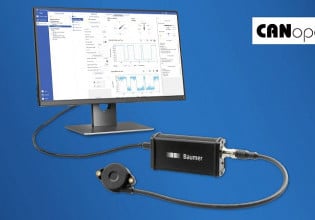Hi,
I currently working in the refrigeration industry. On the monitoring system we use, I noticed it says that the maximum number of devices is 100. We also regularly connect more than 32 devices. Which leads me to my question. I thought RS-485 could only have a maximum of 32 connected devices?
The monitoring system we use is called "Televis GO". It's from Eliwell, an Italian manufacturer in the HVAC industry. We have PLCs, parametric controllers, alarm modules (all of which are Eliwell as well), all connected on a RS-485 bus.
What am I missing?

I currently working in the refrigeration industry. On the monitoring system we use, I noticed it says that the maximum number of devices is 100. We also regularly connect more than 32 devices. Which leads me to my question. I thought RS-485 could only have a maximum of 32 connected devices?
The monitoring system we use is called "Televis GO". It's from Eliwell, an Italian manufacturer in the HVAC industry. We have PLCs, parametric controllers, alarm modules (all of which are Eliwell as well), all connected on a RS-485 bus.
What am I missing?







